Before we start with my 4 favorite head voice exercises, let's talk a bit about this sneaky term head voice. It used to mean:
“the sound which resonates in the head resonance”
Some called it...
“the sound which naturally occurs at a certain point at a higher part of the range."
To be honest, there are so many explanations to head/chest/mix voice and other types of voice qualities and registers it make the head explode. But for now, let me tell you what I am talking about when I say head voice.
I teach singing online
Let's work on that head voice
What is head voice in singing: the 'beauty' part
To me, head voice is a vocal function. It’s a certain vocal quality which is soft in my ears, but can still be rich and dark. It’s the “beauty” part of the sound, while the chest voice function I would describe as bright and clear. You probably won’t get all voice teachers to agree on this topic. But that’s my point of view.
The great Justin Stoney backs me up on this. Head and chest voice are both functions of the vocal cords. Listen to how he eases the confusion:
Head voice and M2
The function of the vocal cords that some people would call head voice is called M2 (mode2). Justin explains that M2 in male voices is falsetto and in female voices is head voice - this has historically been the way those terms have been used.
What Justin would call a male head voice, would be a kind of mixed voice when the singer uses a lighter form of M1 (chest voice). Confusing, right?
In any case, head voice can have a spectrum of densities, richness and a plethora of colors to it. Some use head voice which is relatively soft, breathy and less audible. Some have more “meat” to their head voice.
🎶 Why Strengthening Your Head Voice Matters
Before we dive into the exercises, let’s talk about why this is so important—because, trust me, this will change the way you sing!
The biggest freakout everyone has about singing is their voice cracking or breaking. Personally, I don’t think it has to be a terrible thing, but I know you want to be able to determine when it happens! Strengthening your head voice helps you transition smoothly and avoid those unpredictable flips.
More Freedom, Less Strain – If you try too hard to stay in chest (or M1) all the way up the high notes, your voice will get tired fast. Developing head voice allows you to sing effortlessly across your range.
Versatility in Your Singing – A well-trained head voice means you can control how light, dark, or powerful your tone is—rather than letting it control you.
💡 Your goal? To be able to choose when to use your head voice, rather than feel stuck with whatever comes out. Whether you sing pop, classical, or in a choir, these exercises will help you sing with confidence, ease, and freedom.
Why Choir Singers Need to Master Head Voice (and What Happens if They Don't)
In choir singing, blending is key. Choir directors often encourage singers to use head voice for smooth transitions and to avoid overpowering the section (Guilty! I'm also a choir conductor, I want my choir to have a blended sound). However, constantly singing in M2 (a lighter coordination of the vocal folds) without balancing it with proper vocal technique can lead to fatigue, loss of control, and even vocal injury.
I’ve worked with more singers than I’d like who came to me in their 50s, 60s, and 70s, after decades of choir singing, facing serious vocal issues. Their stories often sound heartbreakingly familiar:
- "I get tired after every rehearsal—sometimes even in the middle of it!"
- This can happen at any age. In the best case it will happen at a young age, it's your body's alarm system telling you that your voice needs attention. But for some, this warning goes ignored until the damage is already done.
- "My voice is failing me. I can’t control it the way I used to!"
- Sudden breaks, loss of range, or even no sound! These are all signs that your voice isn’t getting the balance it needs between strength and flexibility.
- "I have vocal injury—polyps, nodules, dysphonia. Am I losing my voice forever?"
- Years of over-reliance on M2 without exercising chest voice (M1) for balance can weaken vocal cord closure, leading to chronic strain or injury.
💡 The 3-Step Solution
If you’re experiencing any of the above, it’s not too late to rebuild your voice with the right steps:
1️⃣ Get Checked! If you haven’t already, schedule a laryngoscopy to check your vocal cords and larynx. If needed, get a referral to a speech pathologist—preferably one who uses LAX VOX.
2️⃣ Strengthen M1! Choir singers often neglect chest voice exercises, which help maintain the full range of vocal fold function. Adding M1 training into your routine is crucial for vocal longevity.
3️⃣ Optimize Your Head Voice! Use the exercises in this guide while keeping an inward vocal direction and a “soft-speaking” approach to maintain comfort and efficiency. This keeps your head voice natural, supported, and sustainable for years to come.
By balancing head and chest voice function, you can enjoy choir singing without fear of losing your voice—no matter your age. 🎶
I would like you to have a safe choice between different kinds of head voice, and that’s why in this tutorial I will teach you to enrich your head voice. You can always add more air to it and make it less rich, but at east that would then be your own choice! Let’s go for it:
Here are the four head voice exercises I demonstrate in the above video.
Exercise 1. Sighing and humming
00:34 in the above video. You can feel head resonance by putting one hand right under your skull in the back of your neck. (We also did this with the hand trap in the resonance exercises). Start with humming, and see if you feel vibrations there. Make sure you relax your muscles, make it a bit like a sigh. If you feel your sound is too airy (you can tell if you quickly run out of air, or if it sound airy in recordings), try not to exhale too much. You can also put your fingers under your cheek bones and feel the vibrations there.
Next step: sigh and hum on an exercise, for example mm mm mm mm mm (1-2-3-2-1). 2:49 in the above video. Make sure you sigh. By the way, you can have this head voice quality, this 'sighy' quality, also in the low notes.
Personally, as I go higher, I need to close my vocal cords a bit better, and will get a bit more speaky voice. You can experiment and see how that goes for you.
I teach singing online
Let me find your bright spot.
Exercise 2. About to sneeze/yawn
6:28 in the above video. Try with me: make a sound as if you are about to sneeze. That will get you a head voice that is a bit richer: the sound right before you would sneeze. We will make that sound on 'hoaw' (3-2-1).
Play around with the amount of air and pay attention to what that does to your throat. Different people can tolerate more or less air going through their vocal cords. I don't like it, personally. But some might not mind it so much. In the long run, I wouldn't recommend being in your head voice all the time.
Exercise 3. Owl noises
10:55 in the above video. Slide from bottom to top and back. We're looking for an almost spooky voice. Some people think of a ghost, which is a slightly different sound, but same principle. it gets you more head voice. It will also help you go to the low notes with that quality.
Experiment and see what helps you more: the ghost or the owl.
Exercise 4. The yoga teacher voice
13:37 in the above video. To have a direct access to the head voice when you're singing a song. Your sound should always be clear and exist in the resonances and not be 'sent out'. When singing in head voice, the sound can sometimes be a bit too dark and unclear. My tip to make people still understand you while using head voice, is to use the yoga teacher voice. Talk like you're calming someone down. First say the words in the yoga teacher voice, then put it on the notes.
General advice
We are not looking for a powerful sound: that would be the chest voice. We're looking for something that is quite soft. Also, it doesn't need to be very airy, it will be more so than chest voice, but it is your artistic choice how airy to make it.
Speaking about vocal exercises...
What you get on this page is a toolbox. Having a toolbox is one thing, becoming a carpenter another. For systematic and lasting improvement you need a system and guidance. So...
If by this point you are wondering: can there be a sound which has both chest AND head function? The answer is yes. It’s called: mixed voice (spoiler: every sound you sing is mixed, but there are mixes which are mostly head or mostly chest).
Where in my practice session do I do head voice exercises?
I teach a structure for practicing with best results:
I always tell my students to follow a 4 part practice structure, to keep them motivated and on a clear path:
- Bodywork
- Warm up
- Vocal technique
- Sing-through
You can read more on the article: how to practice singing.
This tutorial counts as the technique part, as in part 3, after the warm up. Do the tutorial in addition to working on your song, or just on its own. Finish up with some singing for the joy - very important as well!
Curious to know what new head voice qualities you will get, so give these head voice exercises a try a few times and let me know what you think. I also have other vocal exercises, such as belting exercises.
No longer a little mouse...
Maybe you feel it's time to stop shushing your own voice and take your desire to sing serious. My weekly 'Belting Mouse' mail shows you how. It gets you on track with stories and insights from my life as a singer and that of my students.

For 'little mice' who are tired of squeaking and want to start belting...

About the author
Linor Oren
I'm an opera singer and (online) voice teacher, based in Amsterdam. It took me more than a decade to overcome my share of mental and physical issues and reach a professional level as a singer. Because of this background, and my 10+ years of teaching experience, I believe I can speed up your learning curve as a singer.

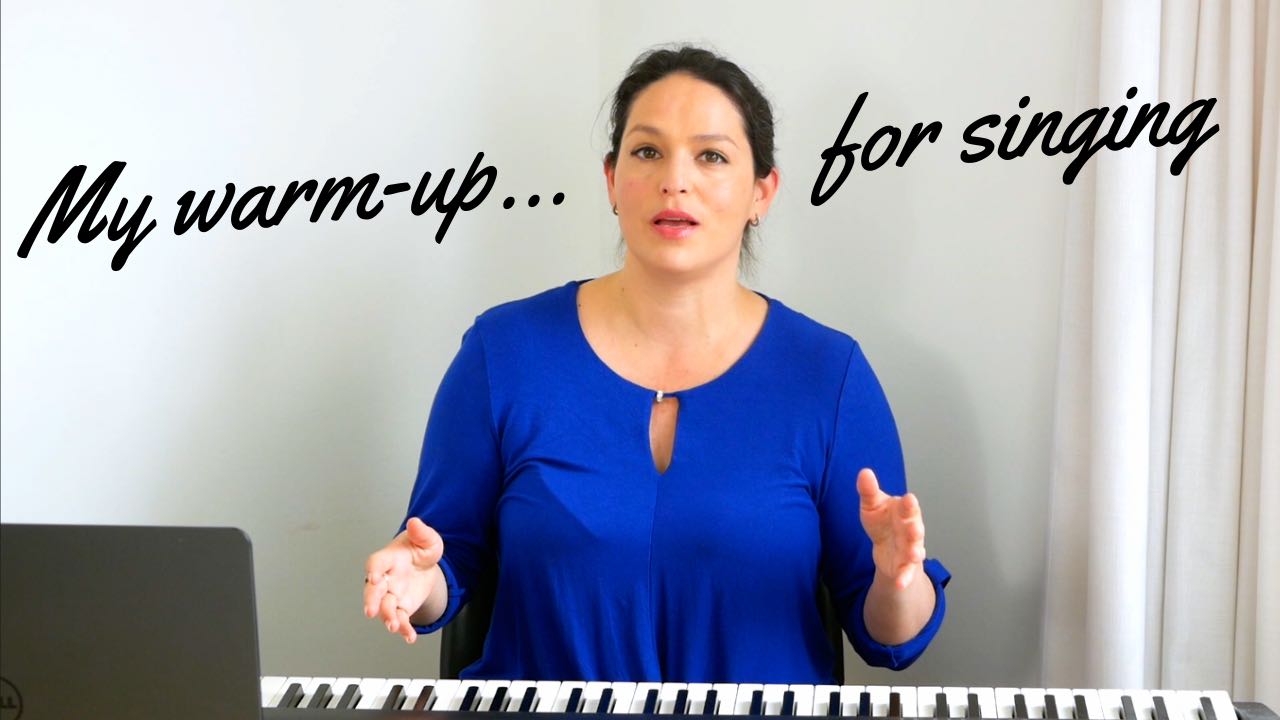
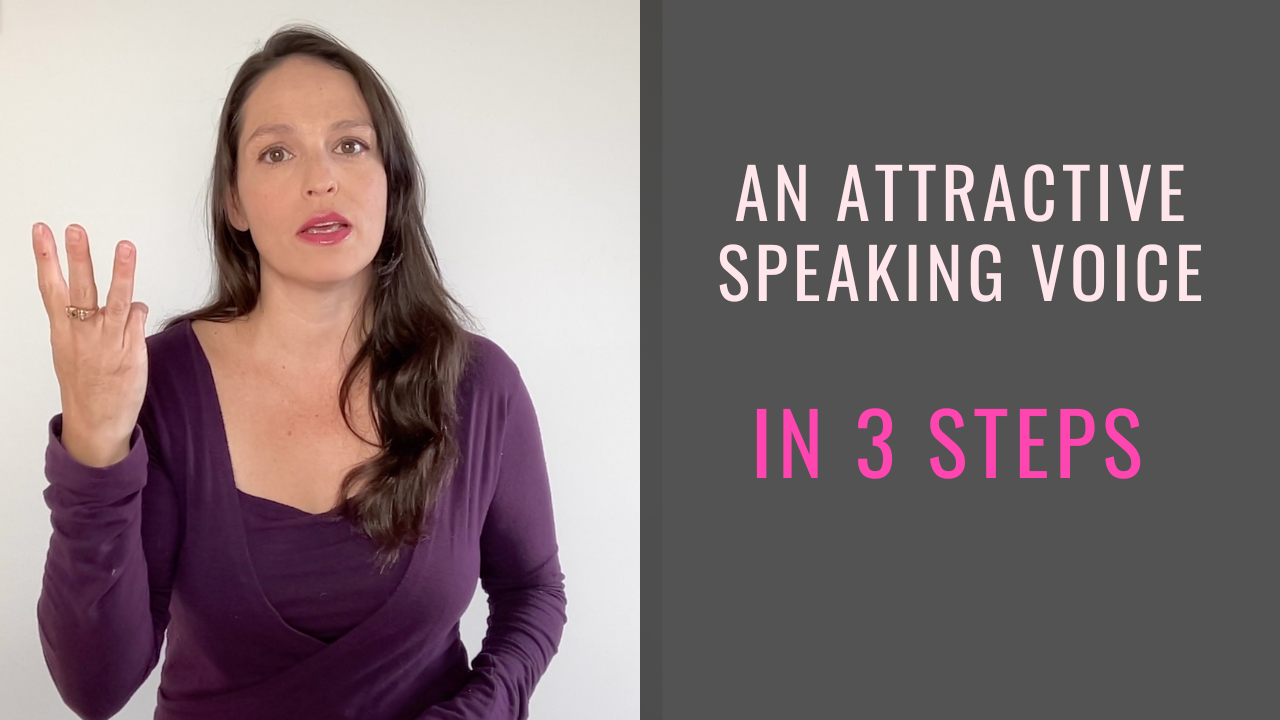
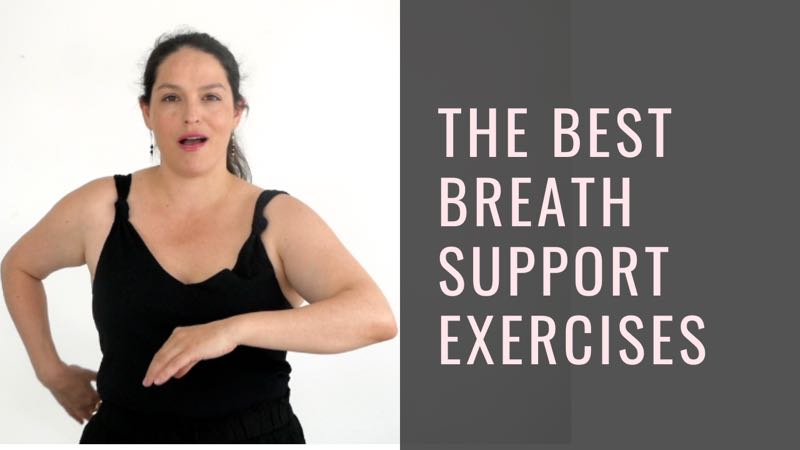
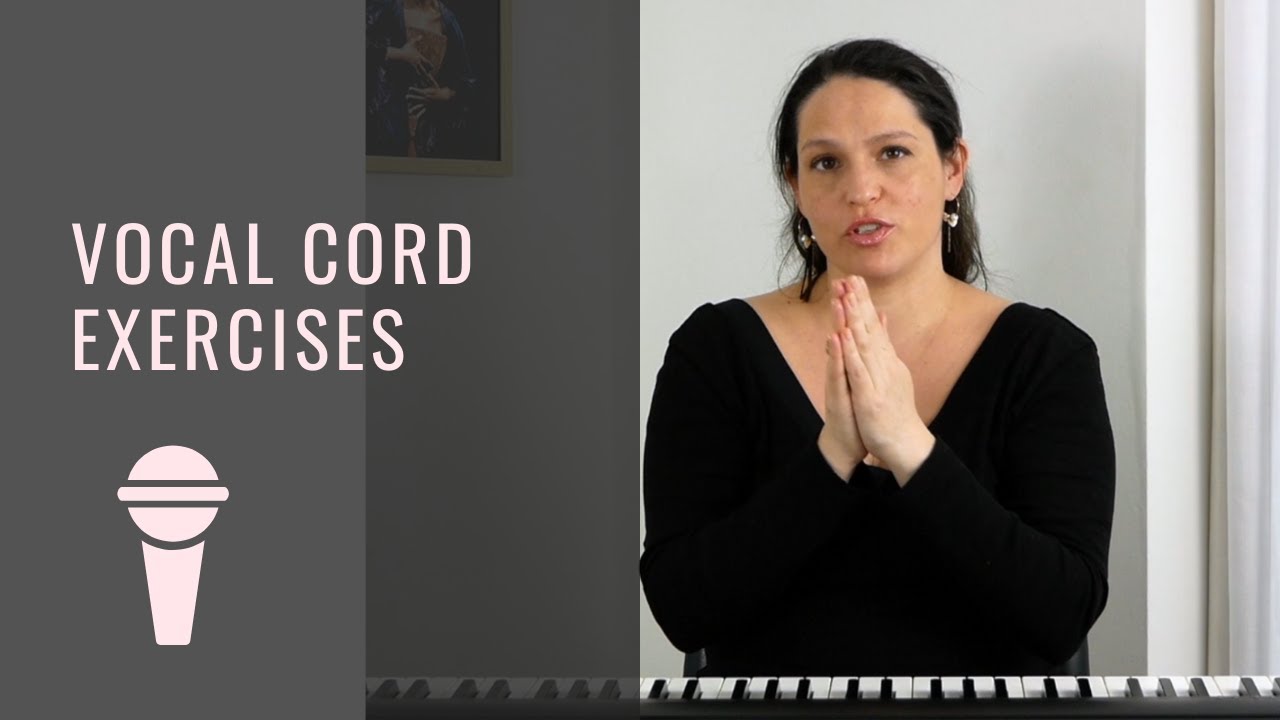
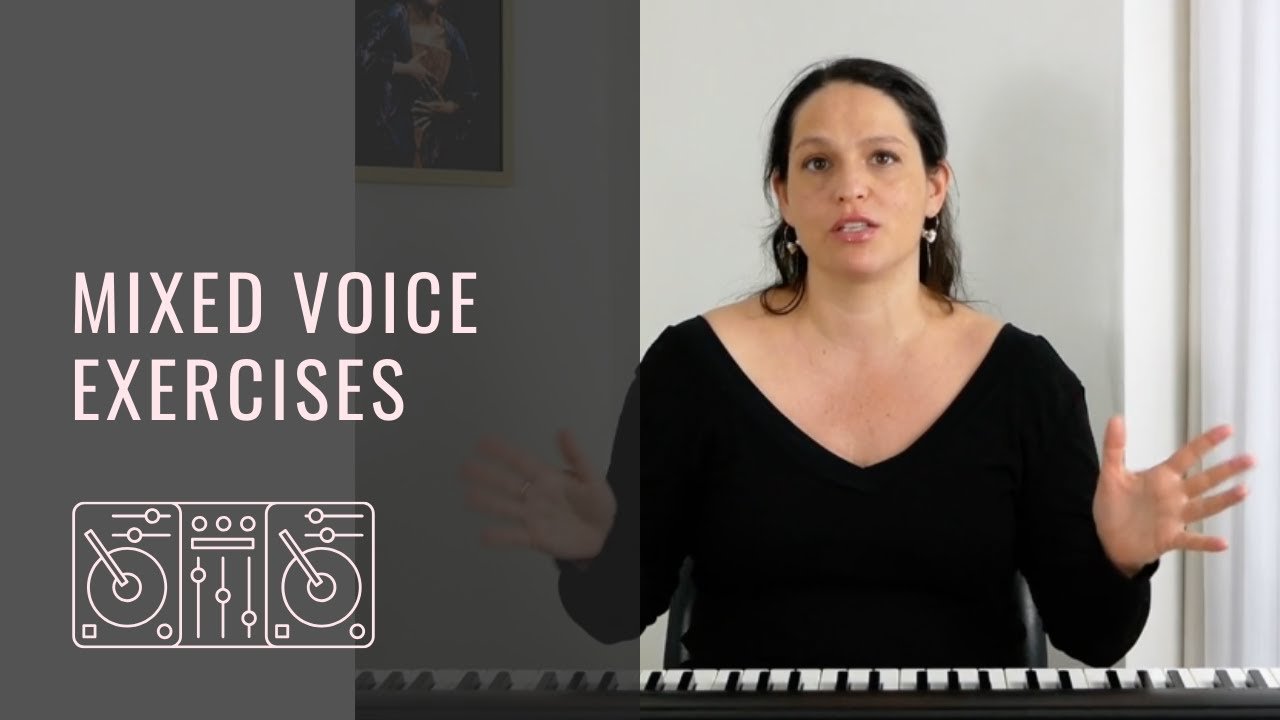
This is wonderful! I’m 63, have been singing classical, jazz, and musical theater forever, and I loved this video!
Thanks, that’s wonderful to hear 🙂
This was one of the best post i ever read, Thank you
Wow, that’s the best compliment I’ve ever got, thank YOU!